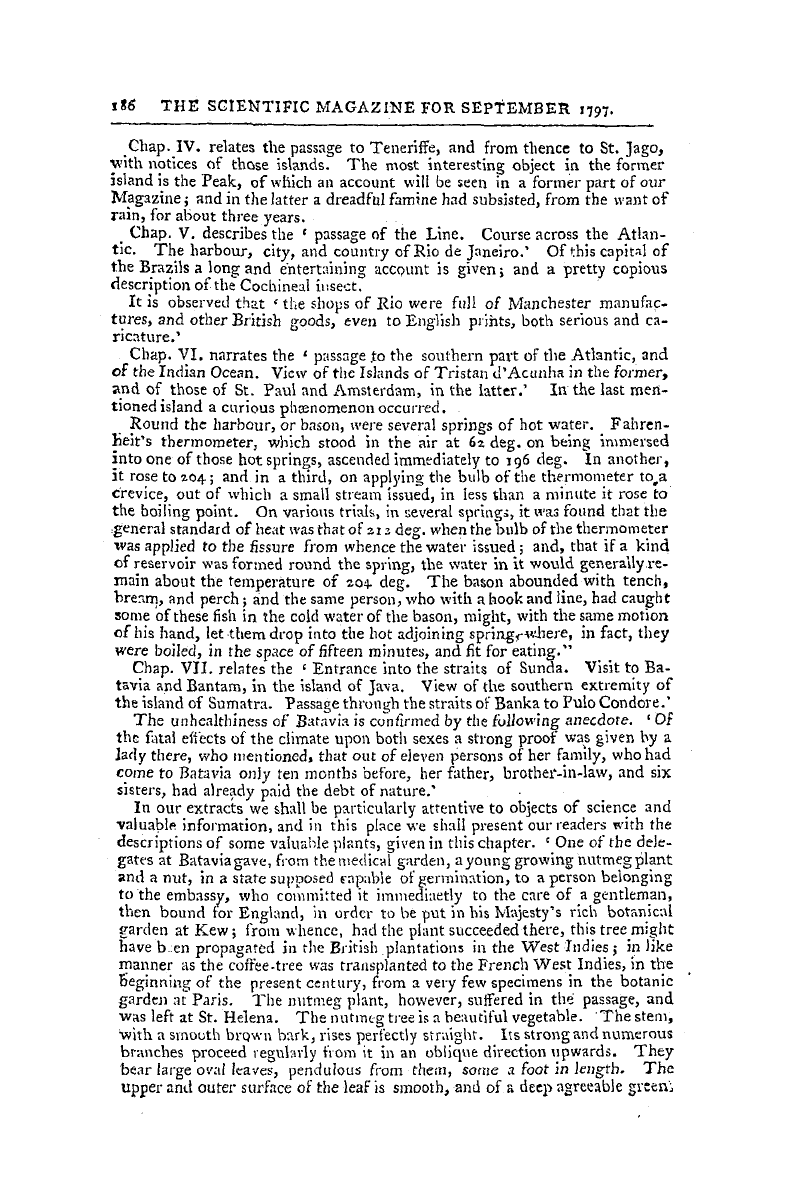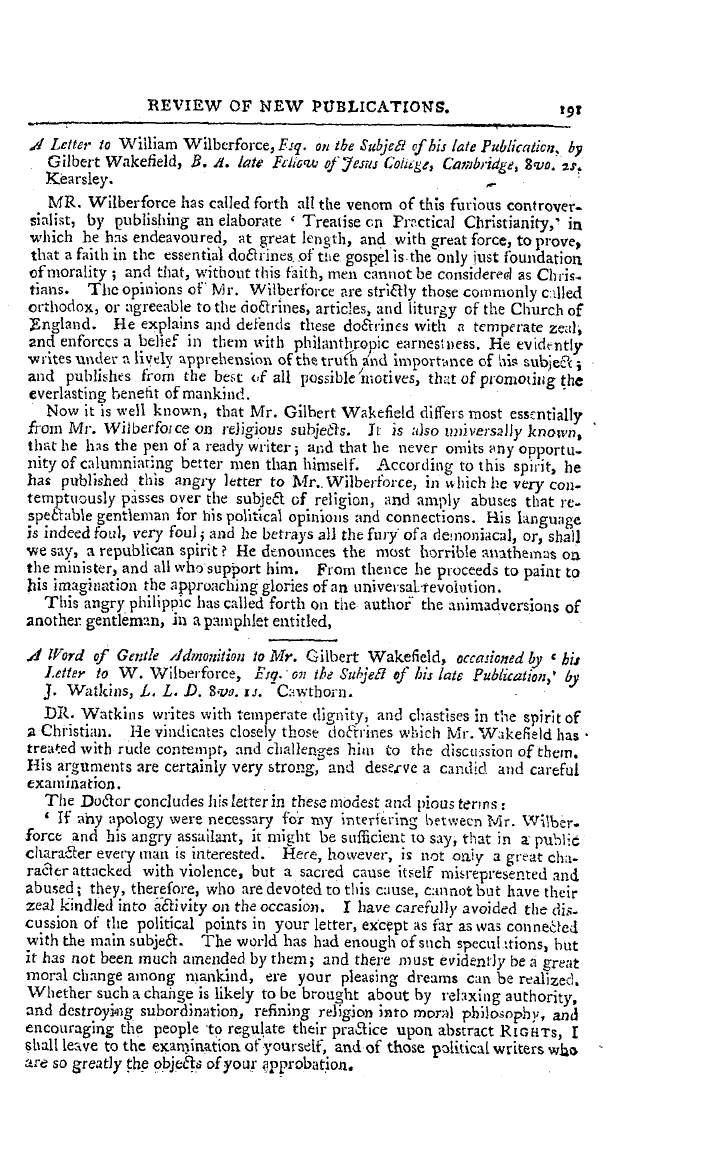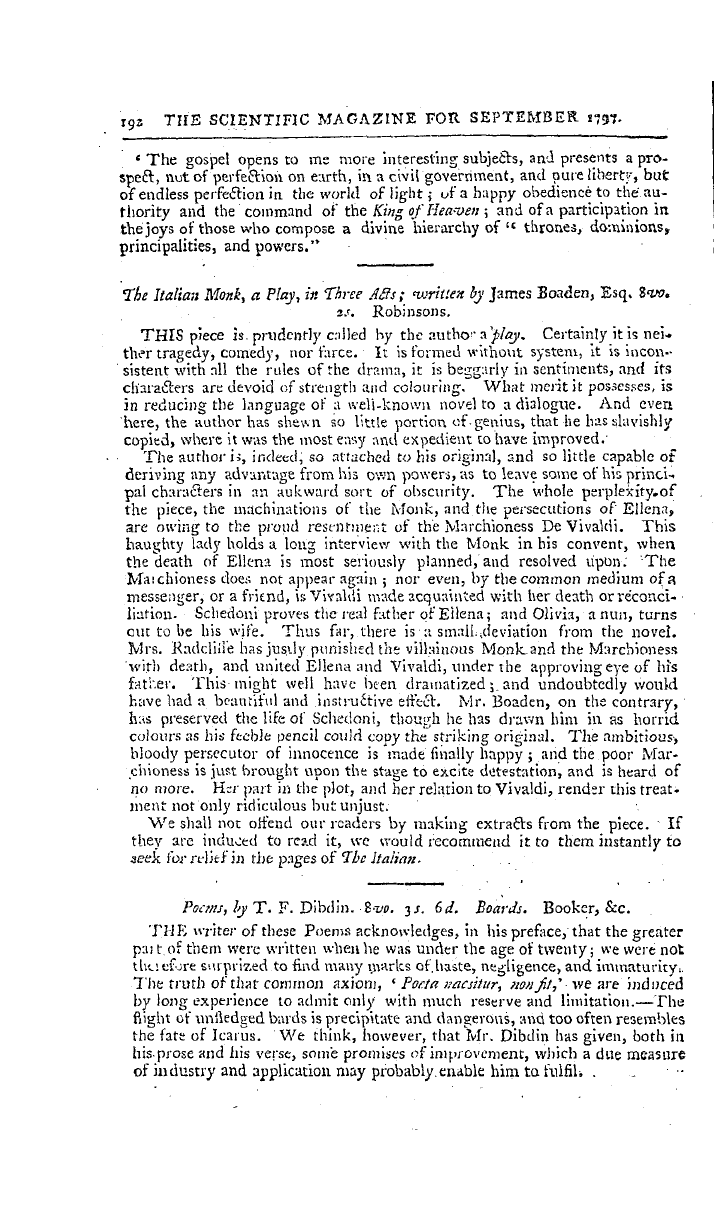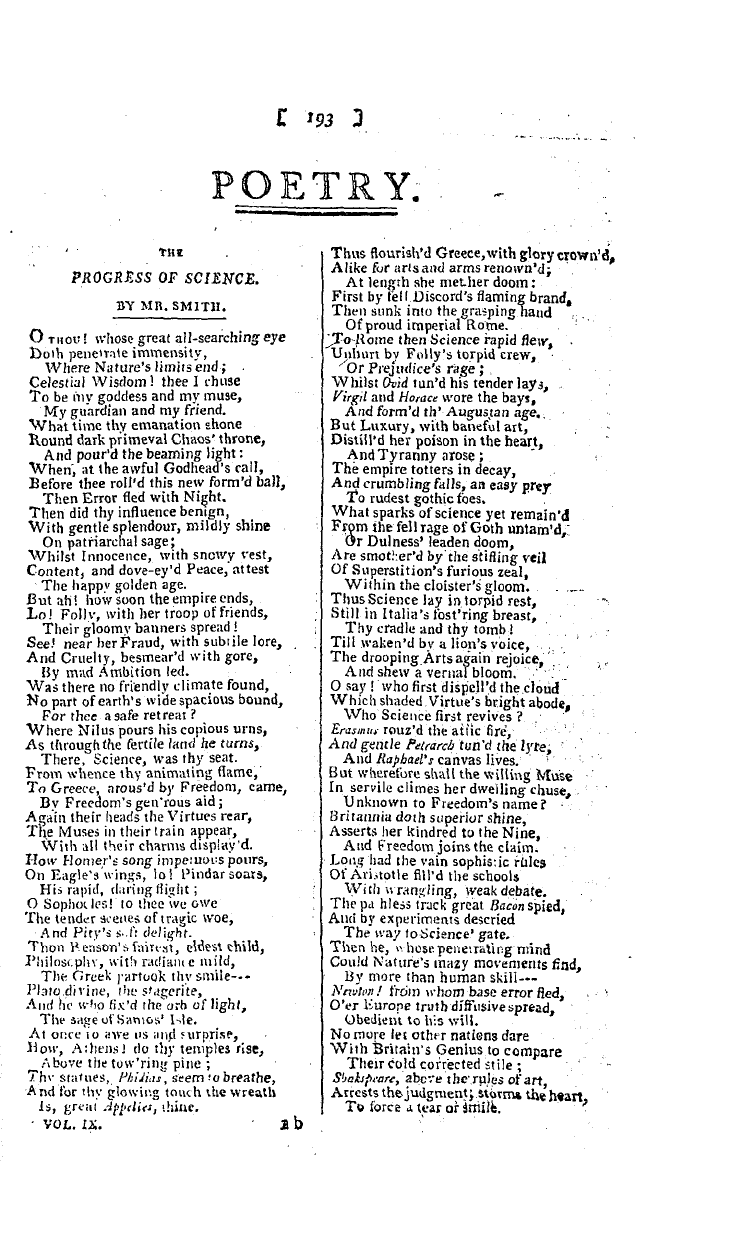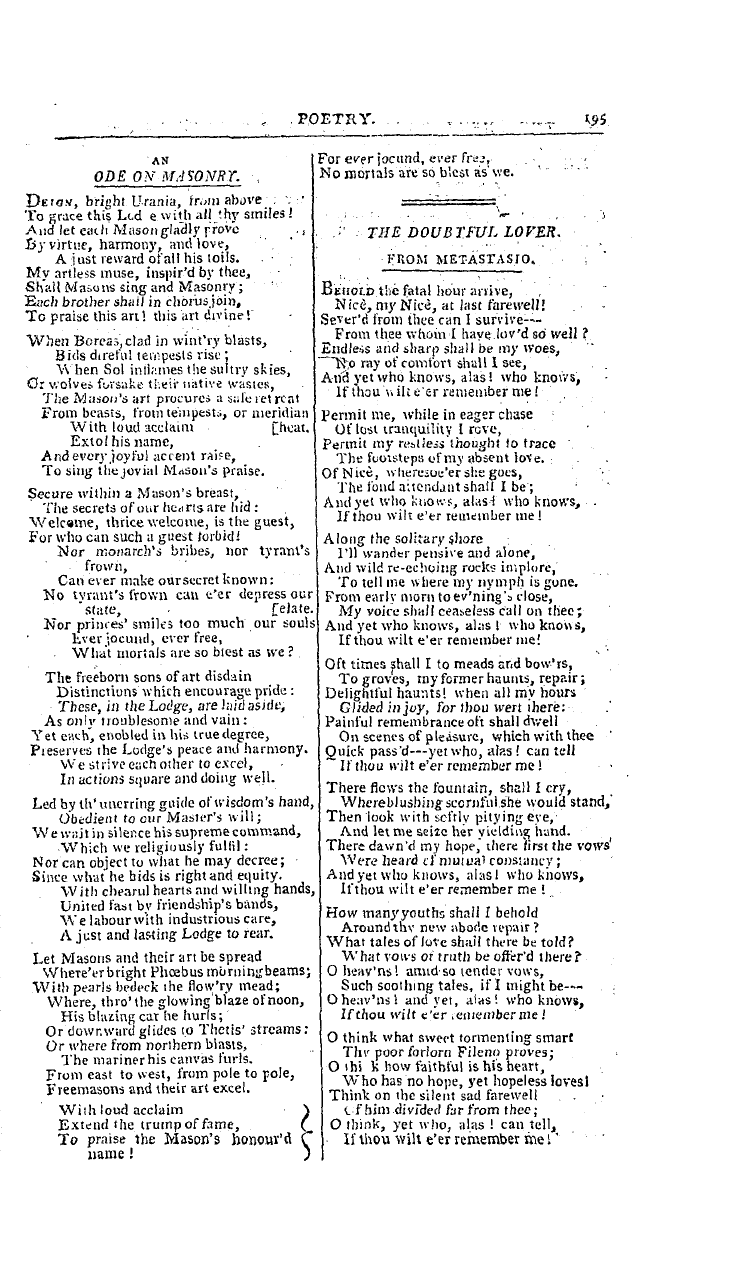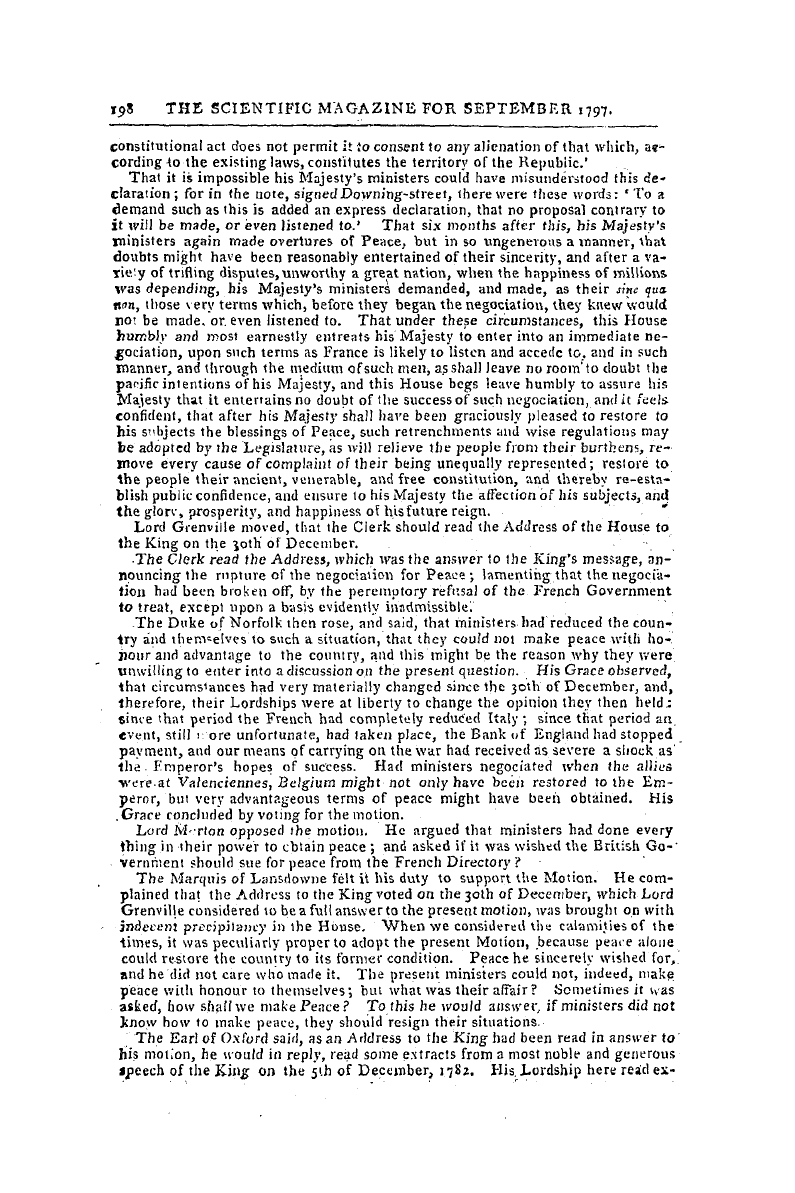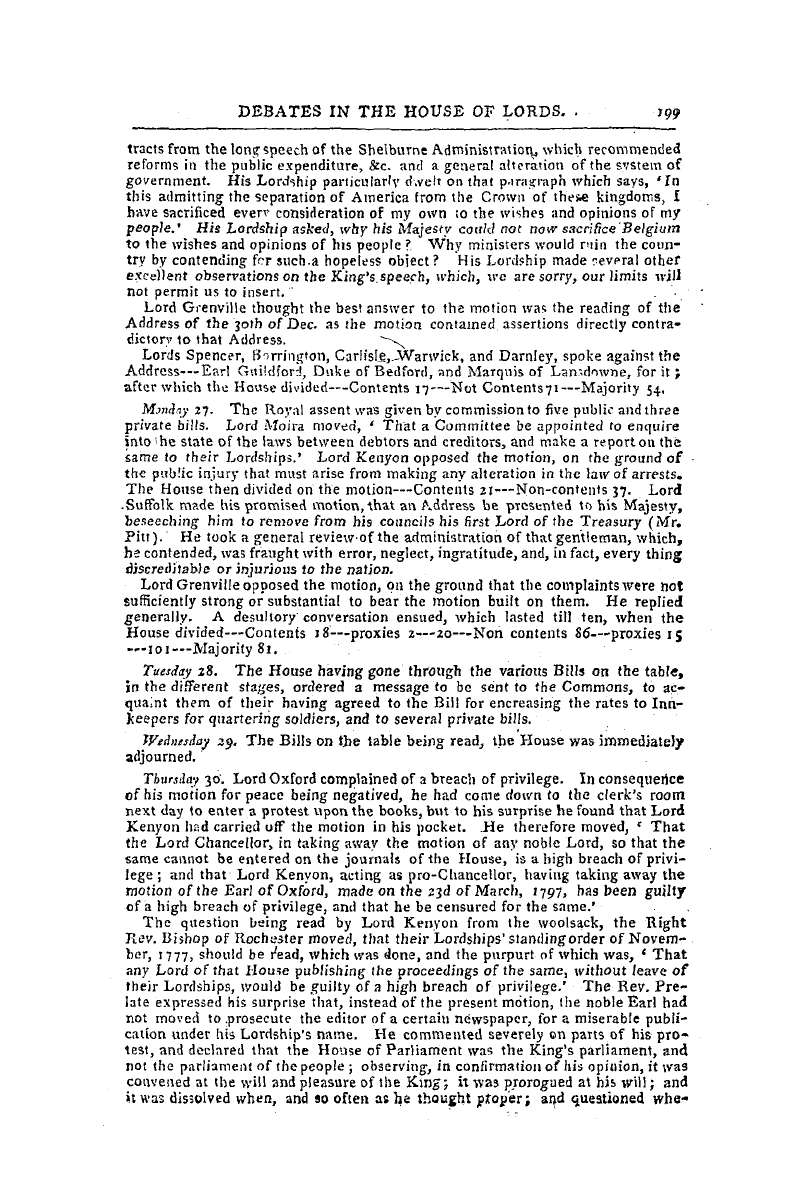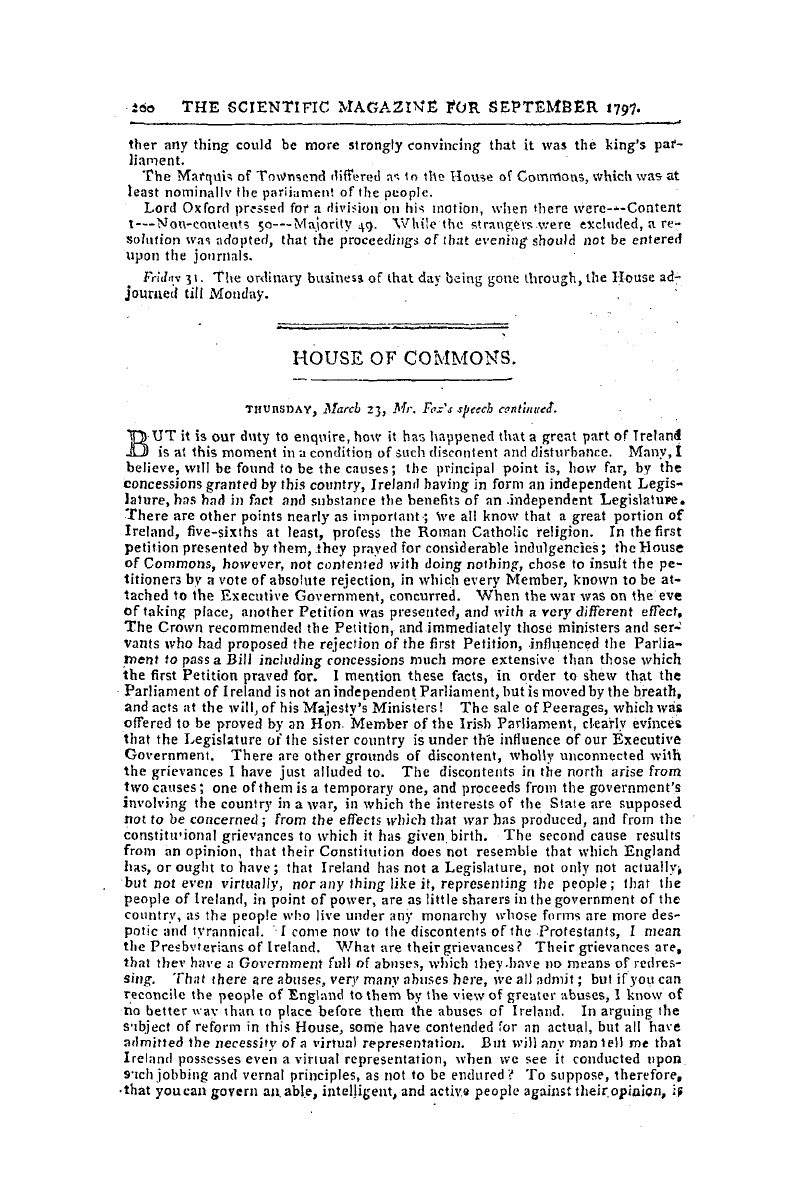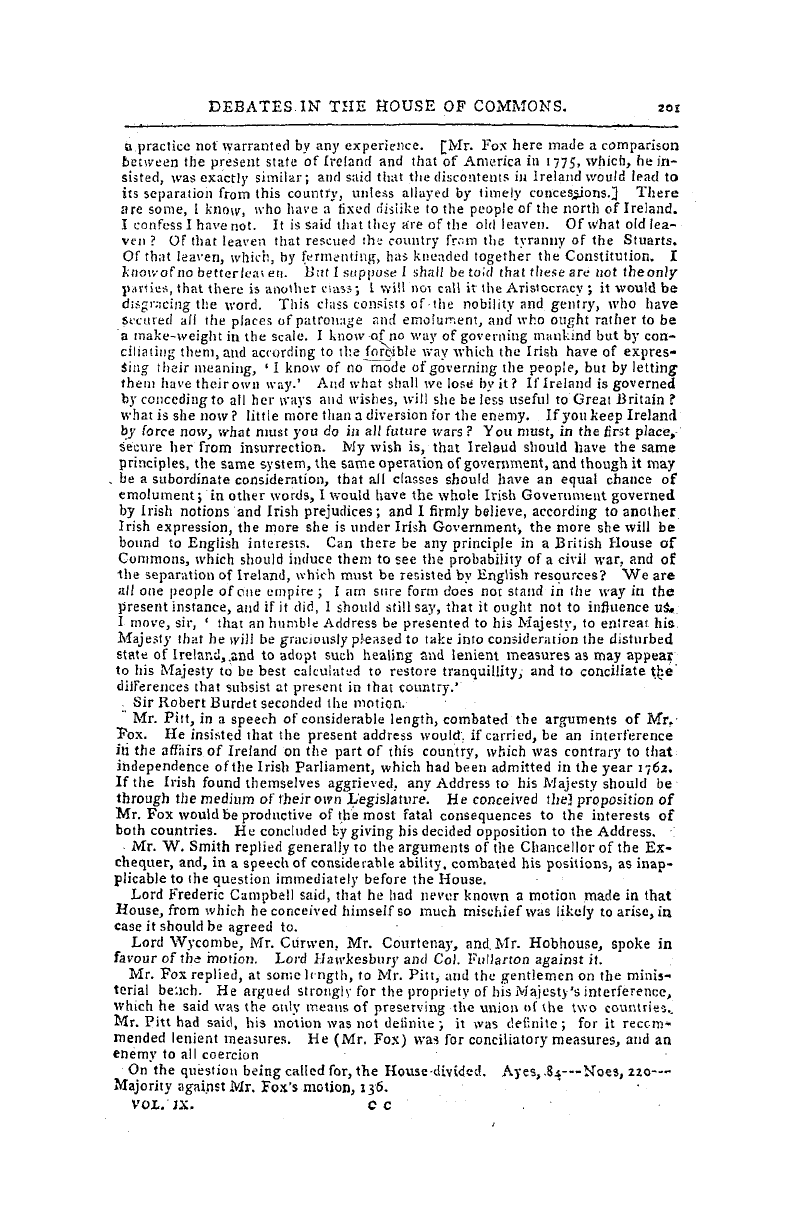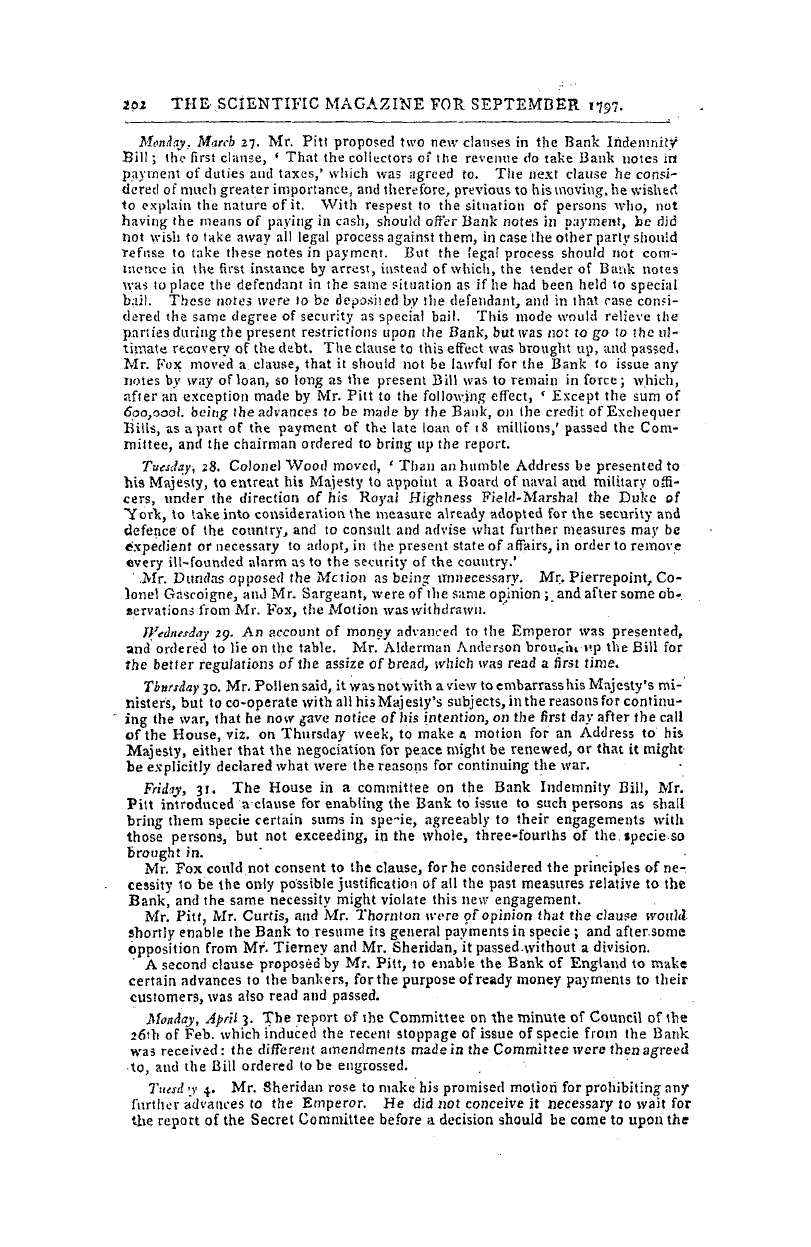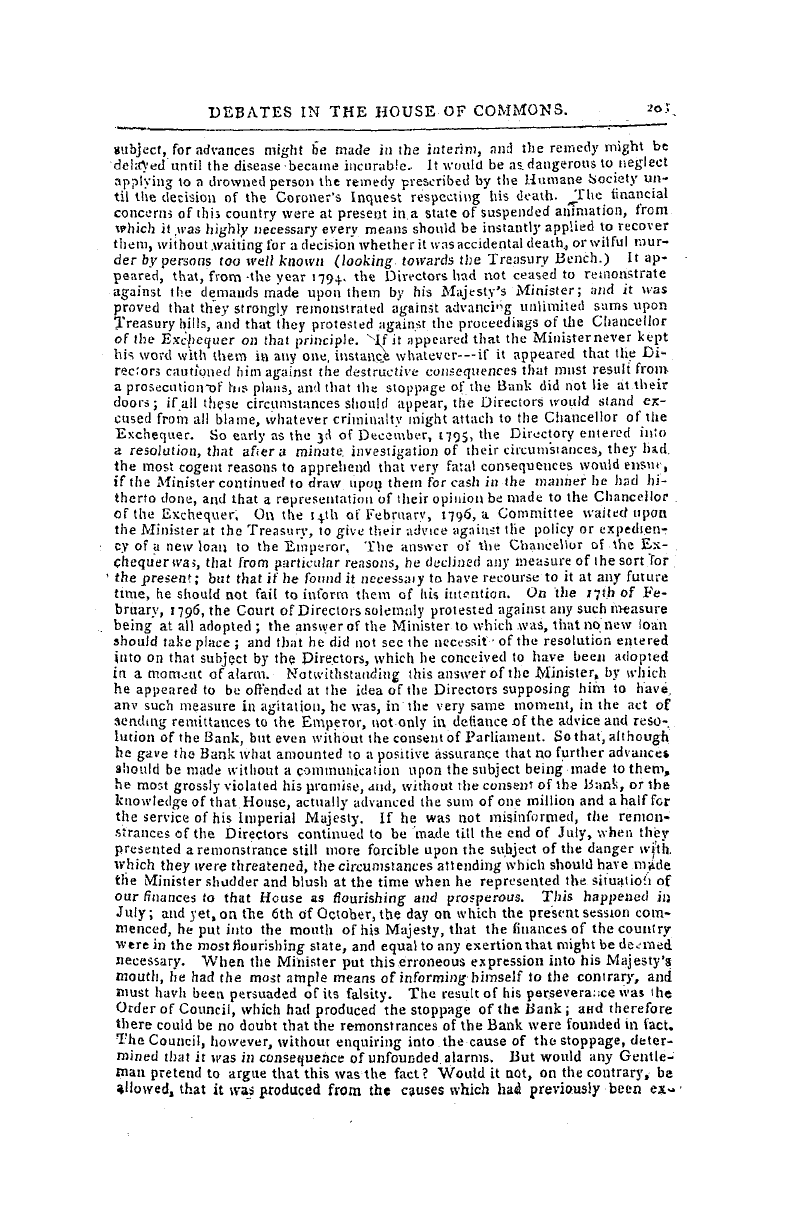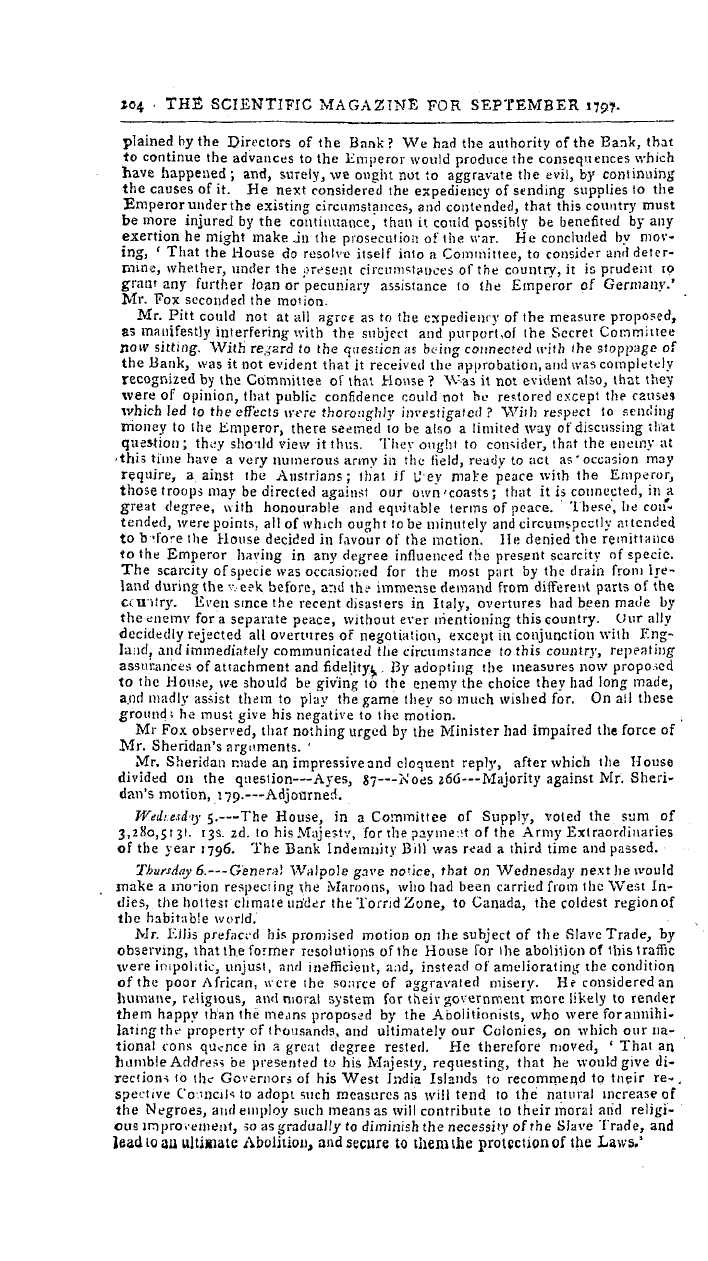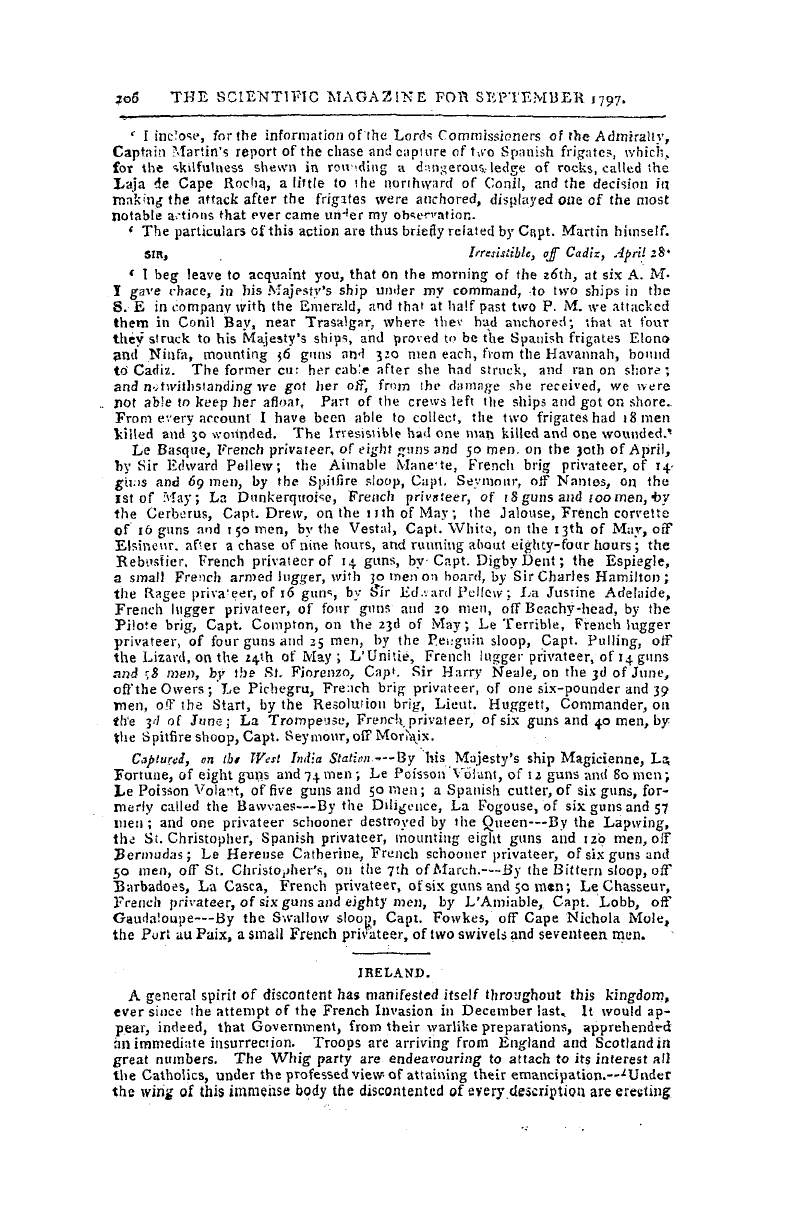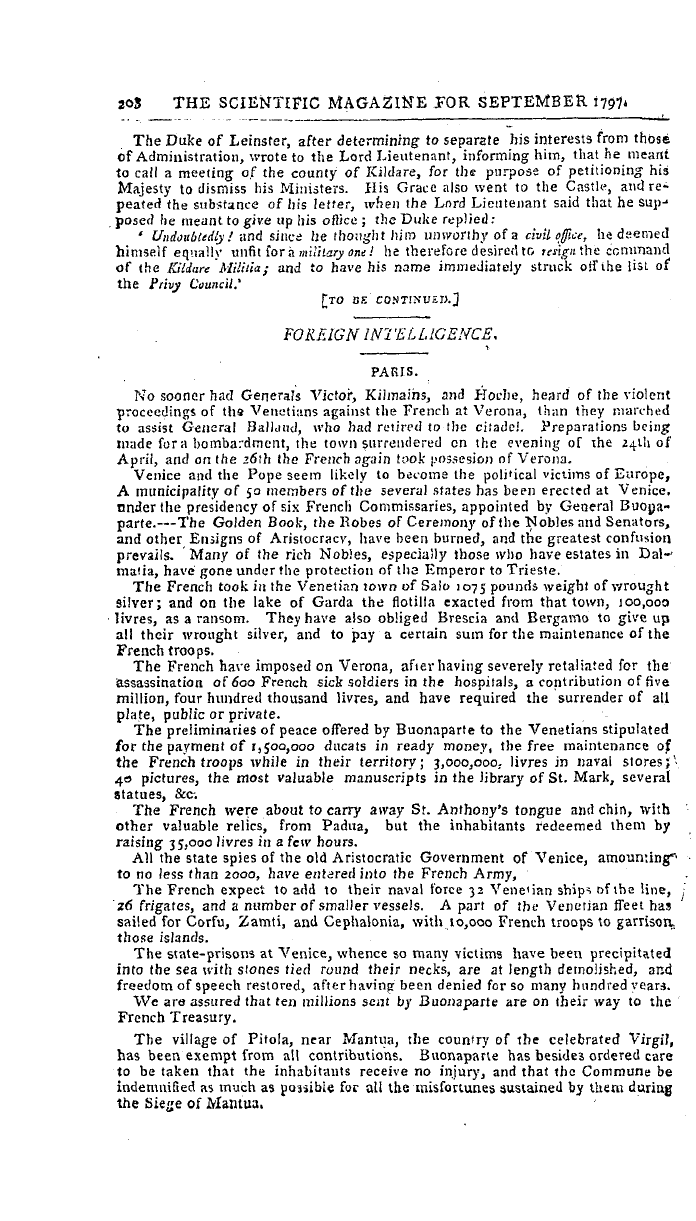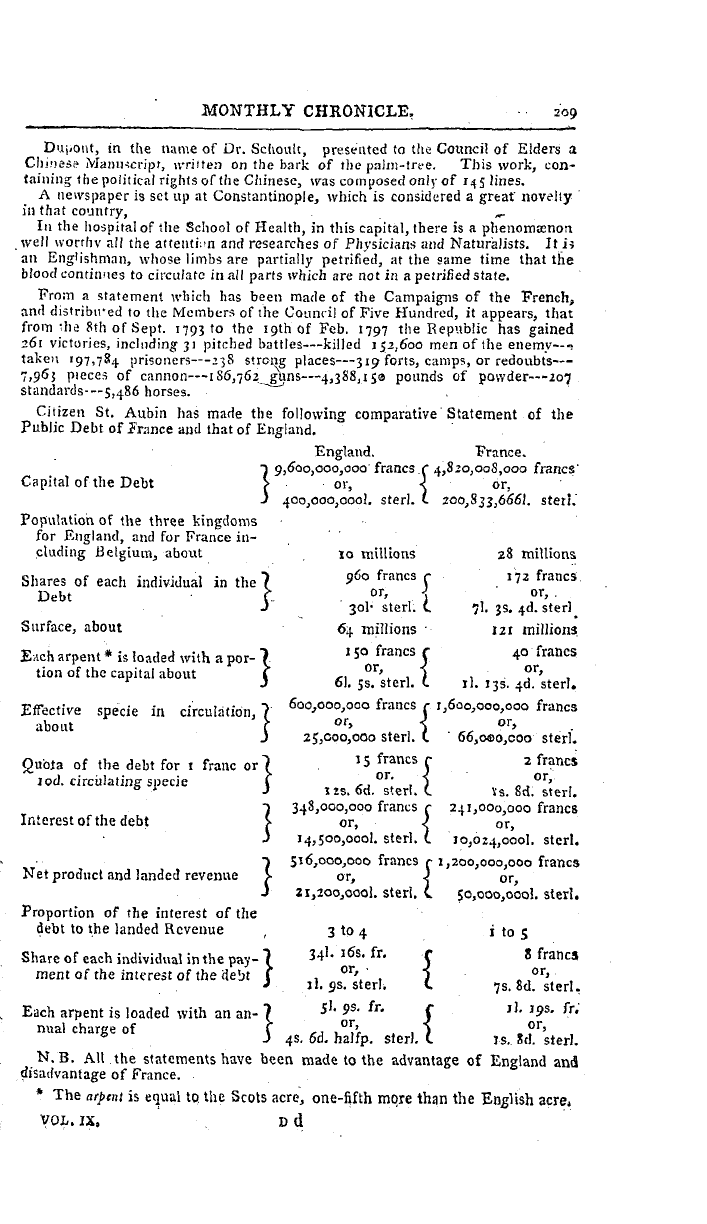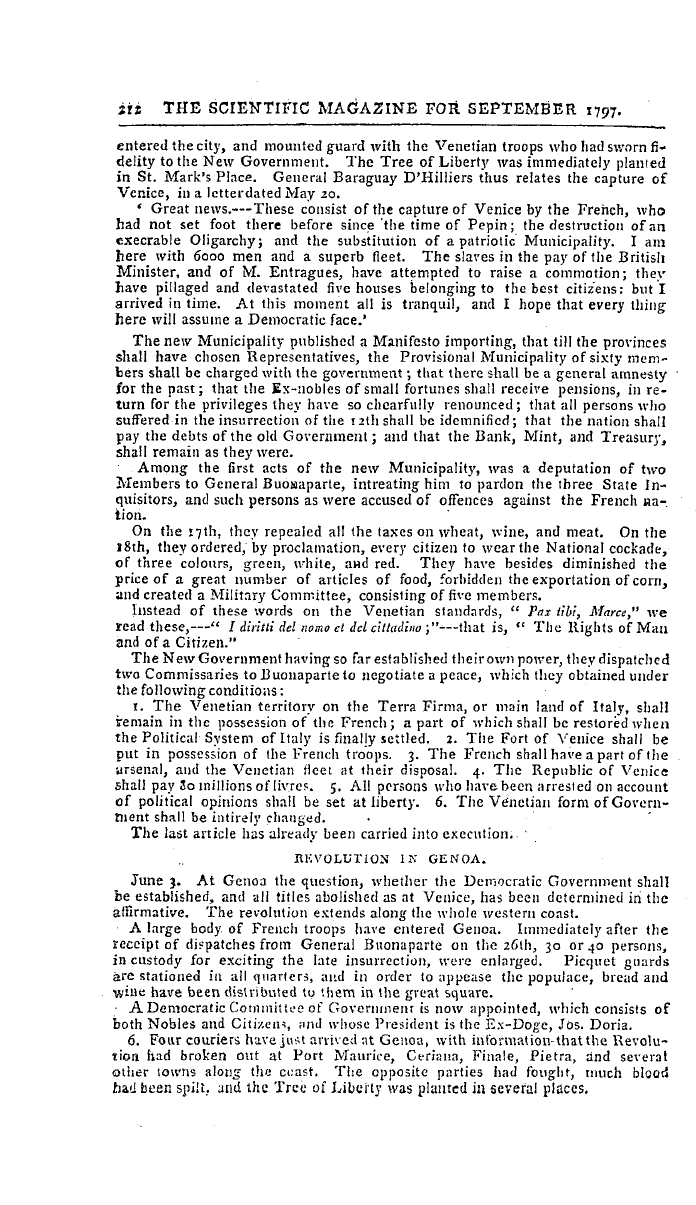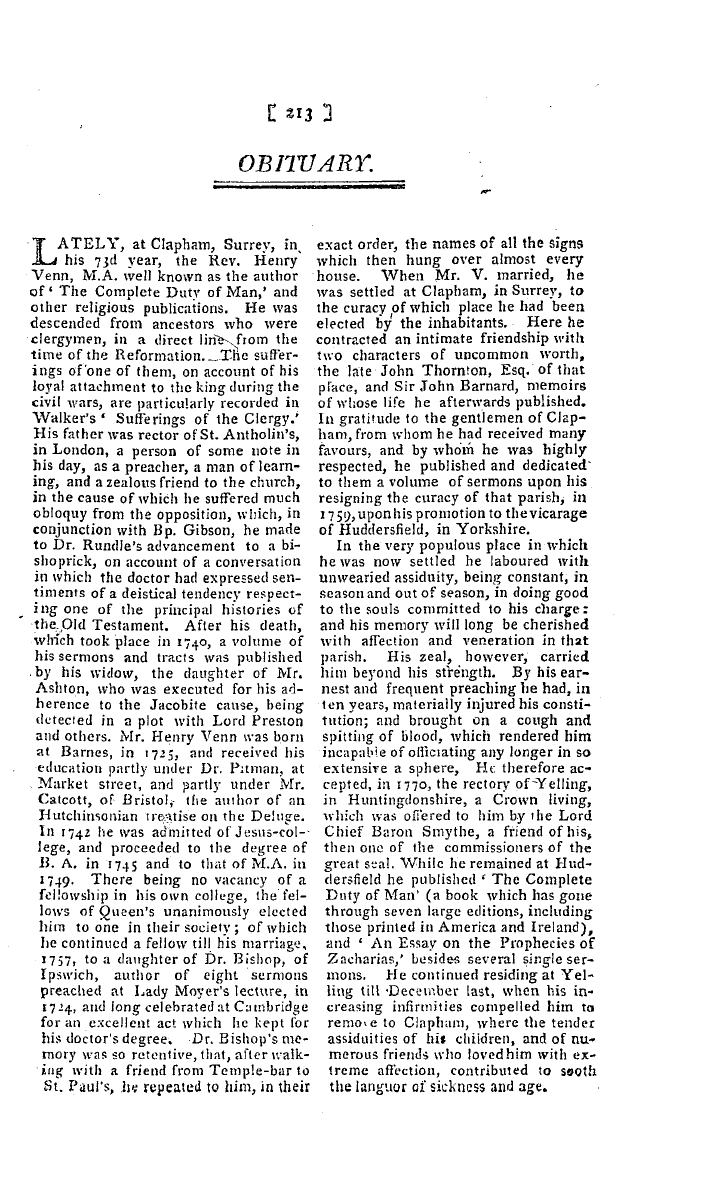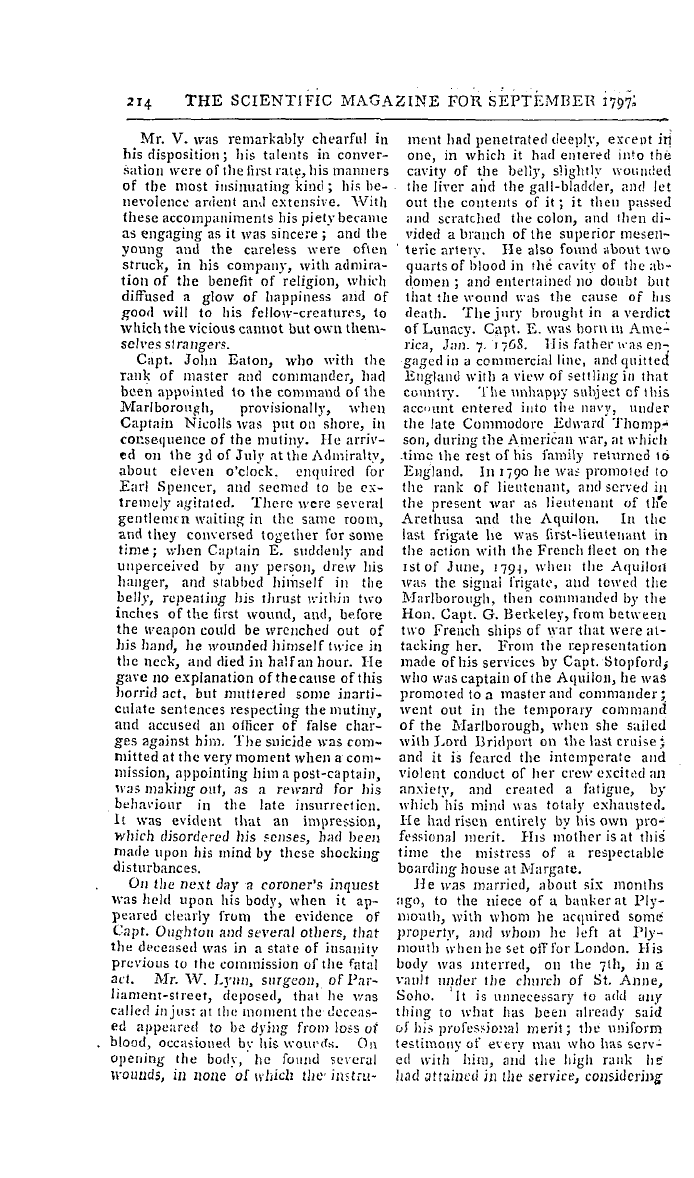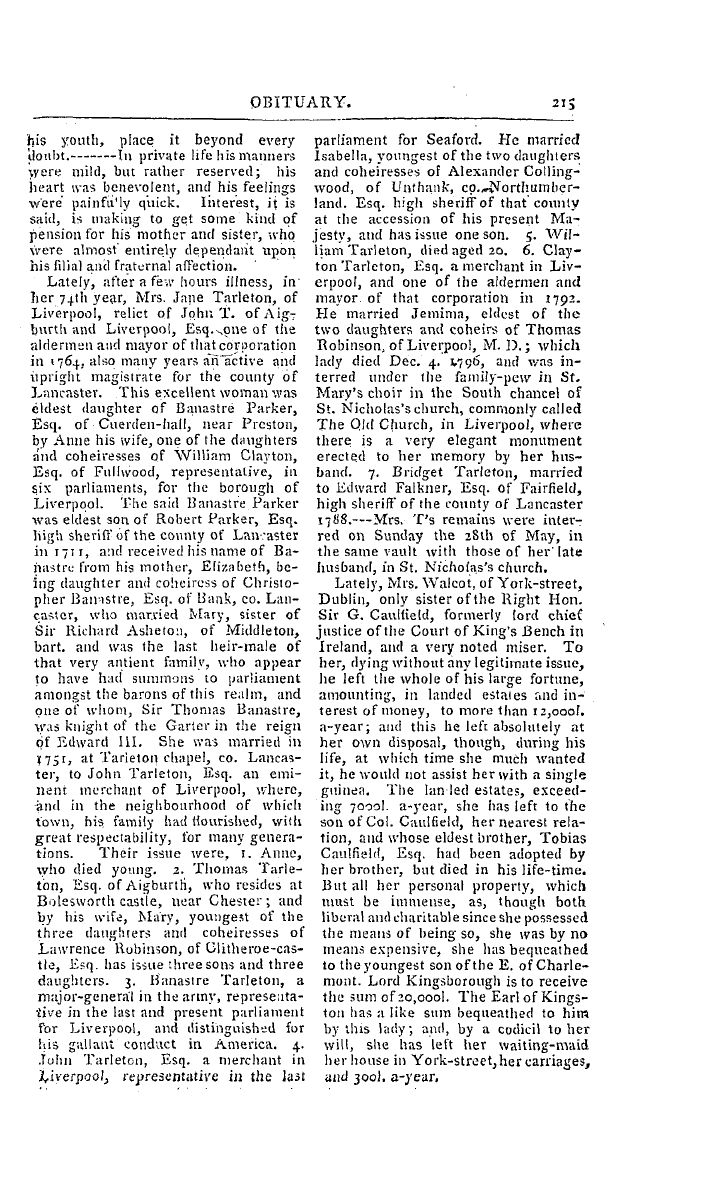-
Articles/Ads
Article REVIEW OP NEW PUBLICATIONS. ← Page 3 of 8 →
Note: This text has been automatically extracted via Optical Character Recognition (OCR) software.
Review Op New Publications.
The tinder and inner surface is marked with a strong nerve , in the middle of the leaf , from the foot-stalk to the point ; and from this middle nerve others procaed obliquely towards the point and edges of the leaf ; but What distinguishes most this inner surface , is its uniform bright brown colour , without the least intermixture of green , and as if strewed all over with a fine brown . powder . The whole leaf is characterized by its fragrant odour , sufficiently denoting the fruit ' which the tree produces . This fruit , when fresh ,, is about
the size and figure of a common nectarine . It consists of an outward rind , between which and the inner shell is found a reticulated membrane , or divided skin , which , when dried , is called the mace . What is known by the name of nutmeg is the kernel within the shell , and is soft in its original state . - / -y ' The same medical garden at Batavia , contains / a clove tree . The clove is onlthe of the fruitwith the flower containing it . The leaf is
y germ , cup oval , smooth , small , narrow , tender , and aromatic . The camphor tree bears leaves not unlike those of the clove , but stronger , and , together with every other part of the tree , smells of that substance ; it is extra & ed by boiling , in common , water , the root , trunk , branches , and leaves , when the camphor , rising to the surface of the boiling water , is easily separated from it . The
cinnamon tree may be distinguished , not only by the three nerves which always regularly divide the inner surface of its oval leaf , but also by , the same fragrant smell , which issues on bruising any part of the leaves or branches of ' the tree , that is known to be afforded by its bark . The pepper , which is observed to growalways best very near the Equator , is a creeping plant , or vine , generally supported on a living tree . Its leaves , which are of a dark gieen colour , are not very unlike those of the common hazel , but are extremely
pungent . The pepper grows in clusters , like the grape , but of a much smaller size . It is a species of the pepper plant , that affords the leaf called betel , chewed so universally by the southern Asiatics , and serving for the inclosure of a few slices or bits of the areca , from thence erroneously called the betel nut . The areca nut tree is among the smallest of the tribe of palms , but comes next in beauty to the mountain cabbage tree of the West Indies ; the latter differingchieflin its size and amazing heihtfrom the areca nut
, y g , tree , the diameter of whose jointed trunk seldom exceeds four inches , or height twelve feet . But the symmetry of each is perfeft ; the columns of a temple cannot be more regular than the trunk , which rises without a branch , while ihe broad and spreading leaves , which crown the top , form the ornamented capital . The areca nut , when dried , has some similitude , in form and taste ,, to the common nutmeg , but is of a less size . '
r _ TO BE CONTINUED . ] The History of the Ne-w World , by Don Juan Baptista Munoz . Translated from the Spanish , -with Notes by the Translator . Vol . 1 . 8 < uo . % s . Robinsons . THE present work is an interesting addition to the stock of historical literature . What the translator observes in the preliminary advertisement is stricfl y just ; ( The distinguished merit of our author , as the historian of tha
New World , is conspicuous in his plan , which is intended to trace the gradual extension of the- discoveries of America , and the manner in which the Spaniards , and other . European nations , possessed fliemsilves of different parts of that continent , and the circumjacent islands , down to the latest period j an important historical acquisition : for as yet , such a comprehensive design has cot been sketched out , nor is there any complete history even of the extension of the Spanish dominions in that quarter . Many interesting particu . jars , relative to this subjeft , are yet involved in obscurity ; ov only mentioned by particular writers , of whom we have no translations . '
Note: This text has been automatically extracted via Optical Character Recognition (OCR) software.
Review Op New Publications.
The tinder and inner surface is marked with a strong nerve , in the middle of the leaf , from the foot-stalk to the point ; and from this middle nerve others procaed obliquely towards the point and edges of the leaf ; but What distinguishes most this inner surface , is its uniform bright brown colour , without the least intermixture of green , and as if strewed all over with a fine brown . powder . The whole leaf is characterized by its fragrant odour , sufficiently denoting the fruit ' which the tree produces . This fruit , when fresh ,, is about
the size and figure of a common nectarine . It consists of an outward rind , between which and the inner shell is found a reticulated membrane , or divided skin , which , when dried , is called the mace . What is known by the name of nutmeg is the kernel within the shell , and is soft in its original state . - / -y ' The same medical garden at Batavia , contains / a clove tree . The clove is onlthe of the fruitwith the flower containing it . The leaf is
y germ , cup oval , smooth , small , narrow , tender , and aromatic . The camphor tree bears leaves not unlike those of the clove , but stronger , and , together with every other part of the tree , smells of that substance ; it is extra & ed by boiling , in common , water , the root , trunk , branches , and leaves , when the camphor , rising to the surface of the boiling water , is easily separated from it . The
cinnamon tree may be distinguished , not only by the three nerves which always regularly divide the inner surface of its oval leaf , but also by , the same fragrant smell , which issues on bruising any part of the leaves or branches of ' the tree , that is known to be afforded by its bark . The pepper , which is observed to growalways best very near the Equator , is a creeping plant , or vine , generally supported on a living tree . Its leaves , which are of a dark gieen colour , are not very unlike those of the common hazel , but are extremely
pungent . The pepper grows in clusters , like the grape , but of a much smaller size . It is a species of the pepper plant , that affords the leaf called betel , chewed so universally by the southern Asiatics , and serving for the inclosure of a few slices or bits of the areca , from thence erroneously called the betel nut . The areca nut tree is among the smallest of the tribe of palms , but comes next in beauty to the mountain cabbage tree of the West Indies ; the latter differingchieflin its size and amazing heihtfrom the areca nut
, y g , tree , the diameter of whose jointed trunk seldom exceeds four inches , or height twelve feet . But the symmetry of each is perfeft ; the columns of a temple cannot be more regular than the trunk , which rises without a branch , while ihe broad and spreading leaves , which crown the top , form the ornamented capital . The areca nut , when dried , has some similitude , in form and taste ,, to the common nutmeg , but is of a less size . '
r _ TO BE CONTINUED . ] The History of the Ne-w World , by Don Juan Baptista Munoz . Translated from the Spanish , -with Notes by the Translator . Vol . 1 . 8 < uo . % s . Robinsons . THE present work is an interesting addition to the stock of historical literature . What the translator observes in the preliminary advertisement is stricfl y just ; ( The distinguished merit of our author , as the historian of tha
New World , is conspicuous in his plan , which is intended to trace the gradual extension of the- discoveries of America , and the manner in which the Spaniards , and other . European nations , possessed fliemsilves of different parts of that continent , and the circumjacent islands , down to the latest period j an important historical acquisition : for as yet , such a comprehensive design has cot been sketched out , nor is there any complete history even of the extension of the Spanish dominions in that quarter . Many interesting particu . jars , relative to this subjeft , are yet involved in obscurity ; ov only mentioned by particular writers , of whom we have no translations . '










































